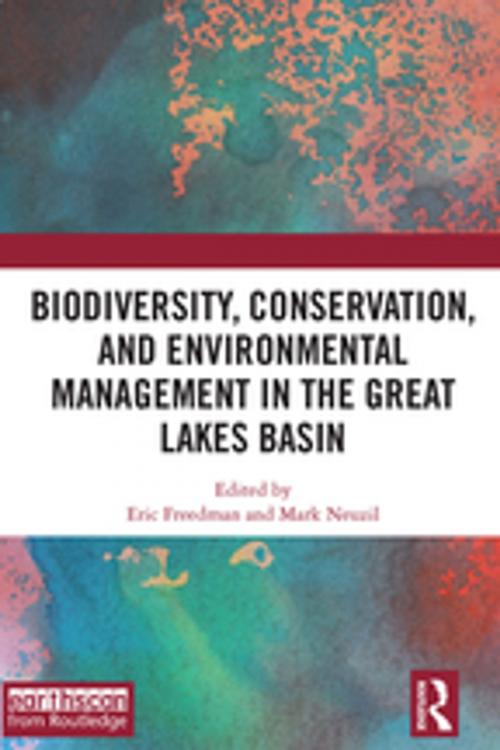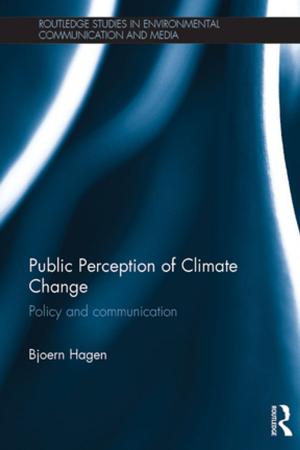Biodiversity, Conservation and Environmental Management in the Great Lakes Basin
Nonfiction, Science & Nature, Nature, Environment, Lakes & Ponds| Author: | ISBN: | 9781351977043 | |
| Publisher: | Taylor and Francis | Publication: | November 13, 2017 |
| Imprint: | Routledge | Language: | English |
| Author: | |
| ISBN: | 9781351977043 |
| Publisher: | Taylor and Francis |
| Publication: | November 13, 2017 |
| Imprint: | Routledge |
| Language: | English |
The Great Lakes Basin in North America holds more than 20 percent of the world's fresh water. Threats to habitats and biodiversity have economic, political, national security, and cultural implications and ramifications that cross the US-Canadian border. This multidisciplinary book presents the latest research to demonstrate the interconnected nature of the challenges facing the Basin.
Chapters by U.S. and Canadian scholars and practitioners represent a wide range of natural science and social science fields, including environmental sciences, geography, political science, natural resources, mass communications, environmental history and communication, public health, and economics. The book covers threats from invasive species, industrial development, climate change, agricultural and chemical runoff, species extinction, habitat restoration, environmental disease, indigenous conservation efforts, citizen engagement, environmental regulation, and pollution.Overall the book provides political, cultural, economic, scientific, and social contexts for recognizing and addressing the environmental challenges faced by the Great Lakes Basin.
The Great Lakes Basin in North America holds more than 20 percent of the world's fresh water. Threats to habitats and biodiversity have economic, political, national security, and cultural implications and ramifications that cross the US-Canadian border. This multidisciplinary book presents the latest research to demonstrate the interconnected nature of the challenges facing the Basin.
Chapters by U.S. and Canadian scholars and practitioners represent a wide range of natural science and social science fields, including environmental sciences, geography, political science, natural resources, mass communications, environmental history and communication, public health, and economics. The book covers threats from invasive species, industrial development, climate change, agricultural and chemical runoff, species extinction, habitat restoration, environmental disease, indigenous conservation efforts, citizen engagement, environmental regulation, and pollution.Overall the book provides political, cultural, economic, scientific, and social contexts for recognizing and addressing the environmental challenges faced by the Great Lakes Basin.















